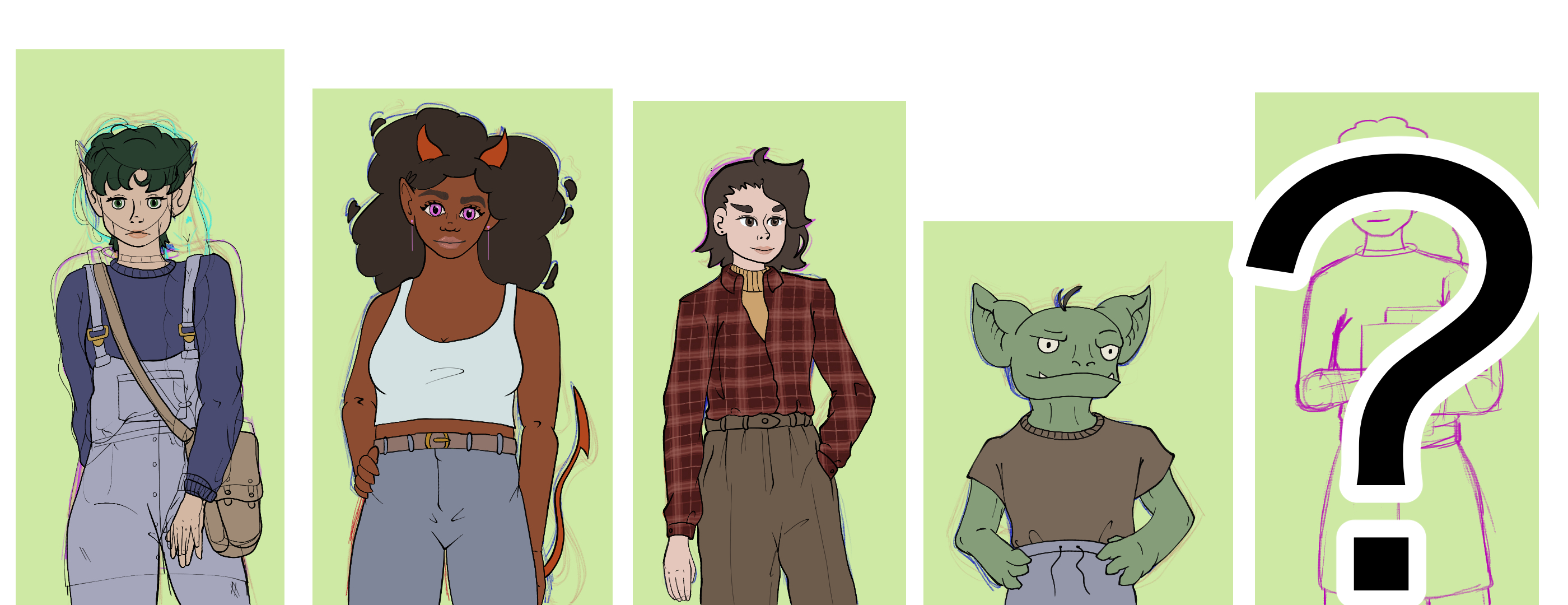End of summer studio activities
It’s been a while since I wrote a blog post so I thought I’d do a quick little summary one to re-cap some of the bigger things we’ve been up to as a studio. Summer is often a busy time so we’ll likely shift our gears as we get into fall and fight the urge to hibernate for the next few months.
Grants
We did 2 big grant applications over the summer. The first was for WINGS Elevate, a grant focused on women led development teams. The second was for Draknek New Voices Puzzle Grant which focused on traditionally underrepresented groups. These due dates were exactly a month apart which worked out nicely for us to be able to use our demo for both applications.


